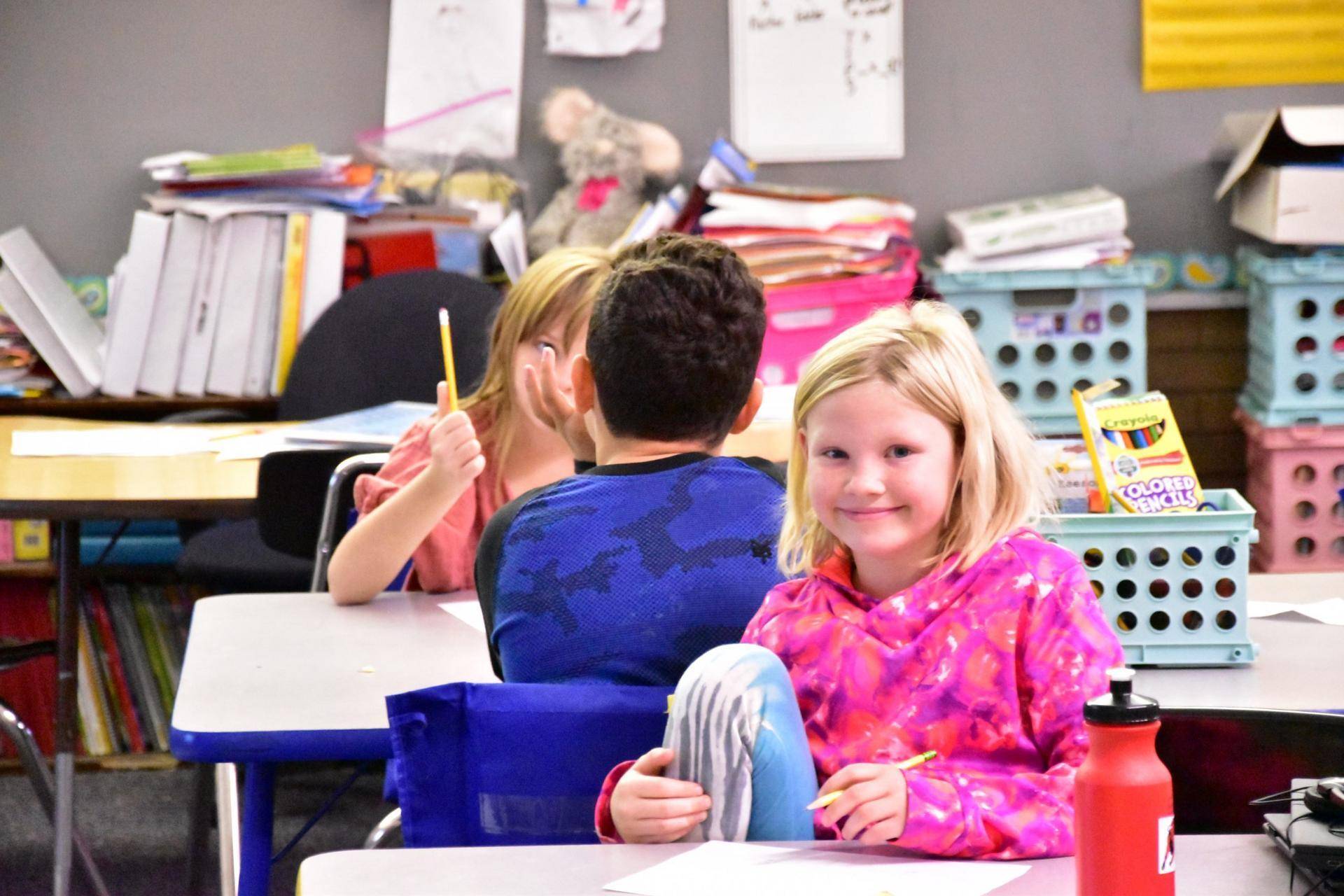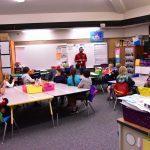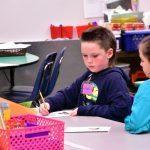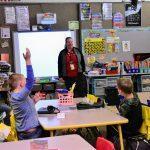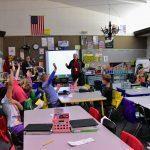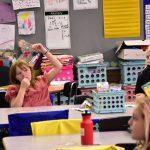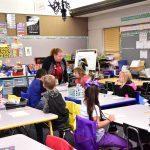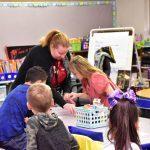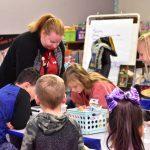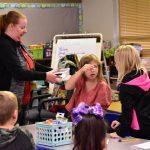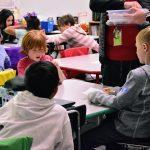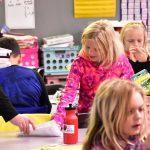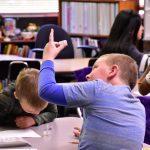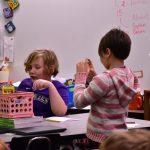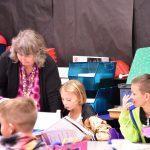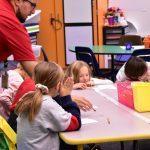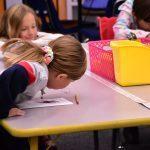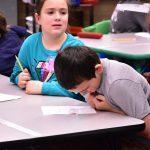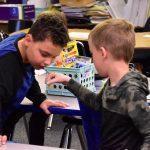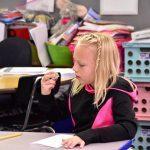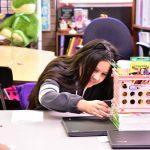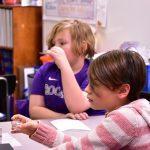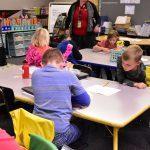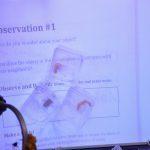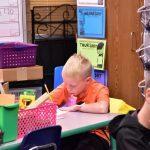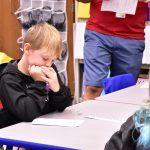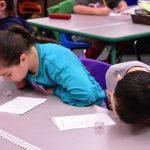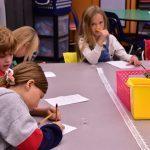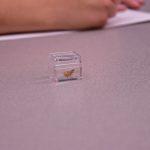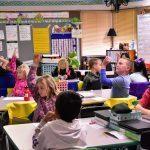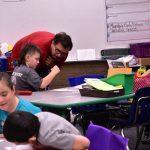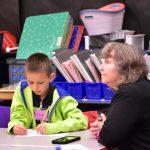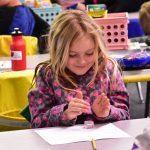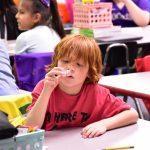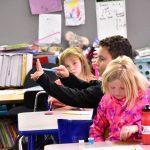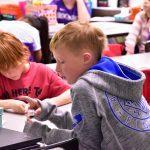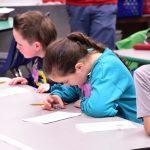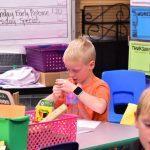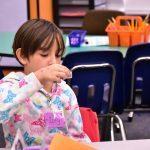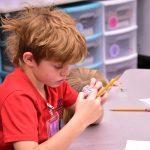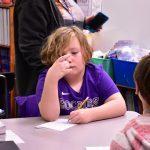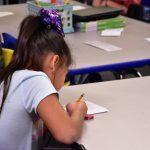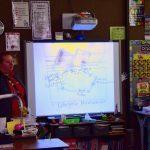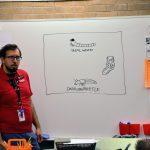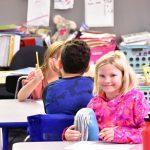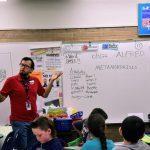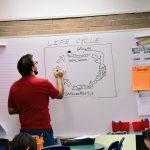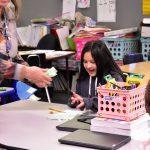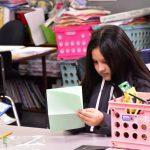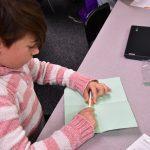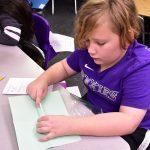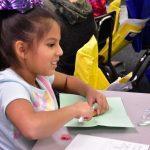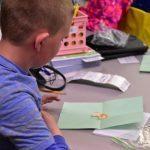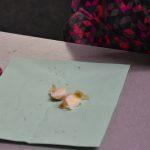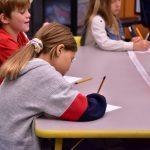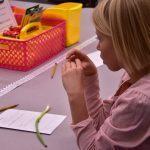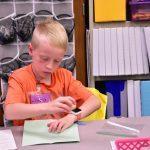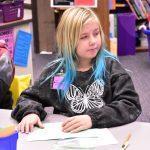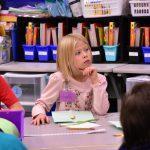Carbon School District Press Release
On Monday, Oct. 3, Thanksgiving Point’s Tulips North Project, which is a third grade program organized by Thanksgiving Point in Lehi, visited the third grade classrooms of Mrs. Cox and Mrs. Barrington at Sally Mauro Elementary. Michelle Gunnell of Thanksgiving Point is the education specialist for the project and she sent down two education specialists. They are part of an outreach program that visits schools to teach about the basics of the scientific method: observation, recording and making models.
The program teaches young scientists about the life cycle of mealworms and tulip bulbs as the students use their senses to determine what they have in front of them. The students recorded their observations, what questions they had, and documented with drawings and words.
“We use this to jump start our science unit on inherited traits, adaptations and characteristics while following the new Utah SEED Science Standards for Third Grade,” Mrs. Cox said. “We will observe a terrarium with live mealworms and track the progress of metamorphosis. This was the first time since the pandemic that we were able to visit in person with their representatives. Last year, we participated with Thanksgiving Point in two virtual presentations of their garden facilities and with animals and their life cycles. We were grateful that this project was live once again.”
Students were each handed an observation and recording sheet to cover two separate items. In the first observation, each student was given a mealworm in a viewing cube in varying phases of development: larva (mealworm), pupa or darkling beetle. Students used their senses to discover what they were looking at. They identified commonalities and differences of their piece in the scientific puzzle. They recorded their observations, questions, hypotheses and sketches of what was in their cube, experiencing first-hand what scientists go through when narrowing down what their discoveries could possibly be. Students were taught what they were looking at in regard to the life cycle of one insect.
The students were then taken through the inquiry and observation process again when they were given dissection tools and a tulip bulb. Students were educated on the scientific method and many thought that the tulip bulb was more like something they are very familiar with – an onion. They discovered when comparing their specimen to an onion that it was indeed very different. They found that a tulip bulb had seed coats, layers and was not an onion. Students learned that it was fun to learn how a scientist thinks and the process they use to make discoveries.
Mrs. Cox and Mrs. Barrington wanted to especially thank Michelle Gunnell at Thanksgiving Point for arranging the visit, and the two outreach teachers Alfred and Leslie. “This was a fun way for kids to really be scientists and explore inquiry and observation processes,” Cox said. “[We] have a great bunch of kids that [we] have the privilege of working with and learning from this year.”

